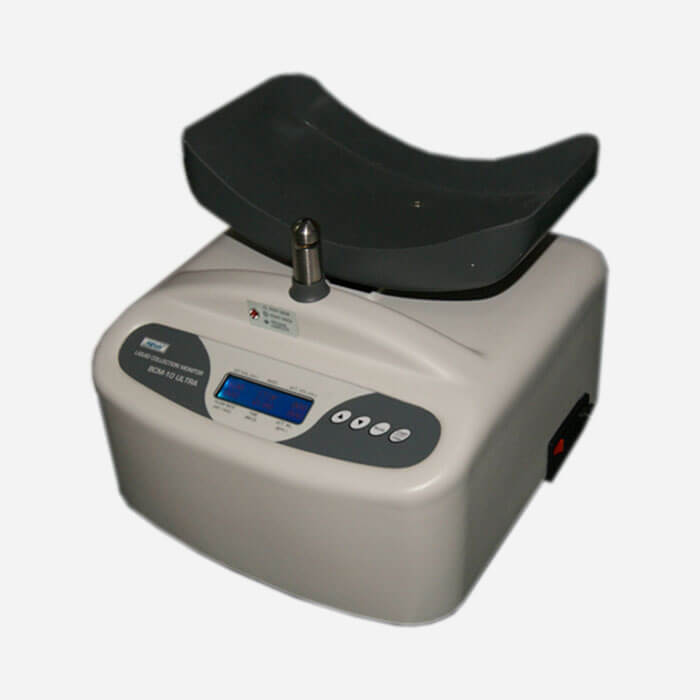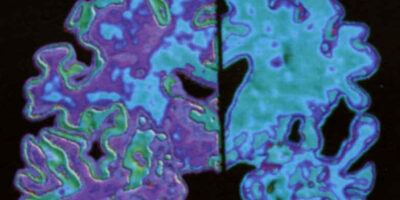The blood collection monitors market involves devices used to monitor and regulate the collection of blood during blood donation procedures. These monitors help ensure the safety and efficiency of blood collection processes by accurately measuring blood volume, flow rates, and donor vital signs. Here’s an overview of this market, including its size, growth, trends, and challenges:
Overview:
Blood collection monitors play a crucial role in blood donation centers, hospitals, and mobile blood drives by monitoring the blood collection process in real-time. These devices help prevent complications such as excessive blood loss, hypovolemia, and adverse reactions in blood donors, ensuring a safe and successful donation experience.
Market Size and Growth:
- The global blood collection monitors market is significant and continues to grow due to several factors:
- Increasing Demand for Blood Products: The rising demand for blood transfusions, blood components, and blood-derived products to treat various medical conditions, including trauma, surgery, and chronic diseases, drives the need for efficient blood collection processes.
- Expanding Blood Donation Programs: Government initiatives, awareness campaigns, and partnerships between healthcare organizations and blood collection agencies promote blood donation and drive the demand for blood collection monitors to support donation drives and blood collection centers.
- Technological Advancements: Innovations in blood collection monitor design, functionality, and user interface enhance device performance, ease of use, and accuracy, contributing to market growth.
Market Trends:
- Integration of Safety Features: Blood collection monitors are increasingly equipped with safety features such as alarms, sensors, and automated shut-off mechanisms to prevent overfilling of blood bags, air embolism, and other complications during blood donation procedures.
- Wireless Connectivity: The integration of wireless connectivity and cloud-based data management capabilities enables real-time monitoring, remote control, and centralized data collection and analysis, improving workflow efficiency and quality assurance in blood collection centers.
- Compact and Portable Designs: Portable blood collection monitors with compact designs, battery operation, and lightweight construction facilitate mobile blood drives, outreach programs, and emergency response efforts, enabling blood collection in diverse settings and environments.
- User-Friendly Interfaces: Blood collection monitors feature intuitive user interfaces, touchscreen displays, and customizable settings to enhance user experience, reduce training time, and ensure consistent performance by operators with varying levels of expertise.
Challenges:
- Regulatory Compliance: Blood collection monitors must comply with regulatory standards and quality management systems, such as FDA regulations in the United States and CE marking requirements in Europe, to ensure safety, accuracy, and performance reliability.
- Quality Assurance: Ensuring the accuracy, calibration, and maintenance of blood collection monitors requires regular quality control checks, calibration procedures, and adherence to manufacturer specifications to minimize the risk of measurement errors and ensure donor safety.
- Cost Constraints: Budget limitations in blood collection centers, particularly in resource-constrained settings and nonprofit organizations, may limit the adoption of advanced blood collection monitors with enhanced features and connectivity capabilities.
- Training and Education: Adequate training and education of blood collection staff on the proper use, maintenance, and troubleshooting of blood collection monitors are essential to ensure consistent and safe blood collection practices and minimize the risk of errors or accidents.
Future Outlook:
The blood collection monitors market is expected to witness continued growth, driven by increasing demand for blood products, technological advancements, and expanding blood donation programs worldwide. Efforts to enhance device safety, usability, connectivity, and compliance with regulatory standards will shape the future landscape of this market. Addressing challenges related to regulatory compliance, quality assurance, cost constraints, and staff training will be crucial to maximizing the potential of blood collection monitors in improving blood donation processes and ensuring donor safety.
Get Free Exclusive PDF Sample Copy of This Research Report https://stringentdatalytics.com/sample-request/blood-collection-monitors-market/14739/
Market Segmentations:
Global Blood Collection Monitors Market: By Company
Terumo Penpol
REMI ELEKTROTECHNIK LIMITED
Bioelettronica
Accurate Scientific Instruments
Delcon
Labtop Instruments Private Limited
Haemonetics Corporation
Global Blood Collection Monitors Market: By Type
Basic Devices
Intermediate Devices
Advanced Devices
Global Blood Collection Monitors Market: By Application
Hospitals
Research Clinics
Pharmaceuticals Industries
Global Blood Collection Monitors Market: Regional Analysis
The regional analysis of the global Blood Collection Monitors market provides insights into the market’s performance across different regions of the world. The analysis is based on recent and future trends and includes market forecast for the prediction period. The countries covered in the regional analysis of the Blood Collection Monitors market report are as follows:
North America: The North America region includes the U.S., Canada, and Mexico. The U.S. is the largest market for Cold-chain Pharma in this region, followed by Canada and Mexico. The market growth in this region is primarily driven by the presence of key market players and the increasing demand for the product.
Europe: The Europe region includes Germany, France, U.K., Russia, Italy, Spain, Turkey, Netherlands, Switzerland, Belgium, and Rest of Europe. Germany is the largest market for Cold-chain Pharma in this region, followed by the U.K. and France. The market growth in this region is driven by the increasing demand for the product in the automotive and aerospace sectors.
Asia-Pacific: The Asia-Pacific region includes Singapore, Malaysia, Australia, Thailand, Indonesia, Philippines, China, Japan, India, South Korea, and Rest of Asia-Pacific. China is the largest market for Cold-chain Pharma in this region, followed by Japan and India. The market growth in this region is driven by the increasing adoption of the product in various end-use industries, such as automotive, aerospace, and construction.
Middle East and Africa: The Middle East and Africa region includes Saudi Arabia, U.A.E, South Africa, Egypt, Israel, and Rest of Middle East and Africa. The market growth in this region is driven by the increasing demand for the product in the aerospace and defense sectors.
South America: The South America region includes Argentina, Brazil, and Rest of South America. Brazil is the largest market for Cold-chain Pharma in this region, followed by Argentina. The market growth in this region is primarily driven by the increasing demand for the product in the automotive sector.
Click Here, To Buy Premium Report https://stringentdatalytics.com/purchase/blood-collection-monitors-market/14739/?license=single
Reasons to Purchase this Market Report:
- The competitive environment includes the proportions of important players, recent innovations, and strategy.
- Companies with extensive product offerings, pertinent financial data, recent advancements, SWOT analyses, and player tactics.
- Quantitative, qualitative, value (in USD million), and volume (in units million) data are among the segments and sub-segments.
- The research contains a wealth of data, including market dynamics and opportunities throughout the forecast period.
- Data at the regional, sub-regional, and national levels also provides information on the market’s supply and demand dynamics.
About Stringent Datalytics
Stringent Datalytics offers both custom and syndicated market research reports. Custom market research reports are tailored to a specific client’s needs and requirements. These reports provide unique insights into a particular industry or market segment and can help businesses make informed decisions about their strategies and operations.
Syndicated market research reports, on the other hand, are pre-existing reports that are available for purchase by multiple clients. These reports are often produced on a regular basis, such as annually or quarterly, and cover a broad range of industries and market segments. Syndicated reports provide clients with insights into industry trends, market sizes, and competitive landscapes. By offering both custom and syndicated reports, Stringent Datalytics can provide clients with a range of market research solutions that can be customized to their specific needs.
Contact Us
Stringent Datalytics
Contact No- +1 346 666 6655
Email Id- sales@stringentdatalytics.com
Web- https://stringentdatalytics.com/




Leave a Reply